On-Farm Evaluation of Potato Response to Nitrogen Source and Rate and Length of History of Potato Cultivation
Study author(s): Carl Rosen, University of Minnesota Department of Soil, Water, and Climate
Years of study: 2015
Location(s): Park Rapids, MN
Important: for the complete report, including all tables and figures, please download using the links to the right.
summary
The N application rate had significant effects on multiple yield variables. Total and marketable yield peaked at a total application rate of 270 – 310 lbs·ac-1 N (160 – 200 lbs·ac-1 N as emergence applied ESN) in both fields. The proportion of yield in tubers over 6 or 10 ounces increased with application rate across the range of rates tested, though with diminishing returns at higher rates. In contrast, the source of N used and the age of the field had few significant effects on yield variables in this season of the study.
The lack of any effect of N source is similar to results obtained from this study in 2013, when the sources evaluated were urea, ammonium sulfate, ESN, and a blend of ESN and Duration (a slower-release PCU than ESN). However, in 2014, N source influenced tuber yield (low for urea and Agrocote, which was 100% 44-0-0 that year, relative to ammonium sulfate, ESN, and ESN with Duration, with ESN producing especially high marketable yield), tuber size (low for urea), and the prevalence of hollow heart (low for ESN, but high for ESN with Duration). The cause of the inconsistency in the effect of N source from year to year is unclear, particularly since the two sources producing the most divergent results in 2014 (urea and ESN) were included in the study in all three seasons.
